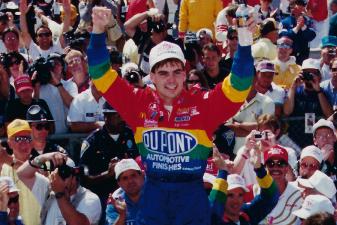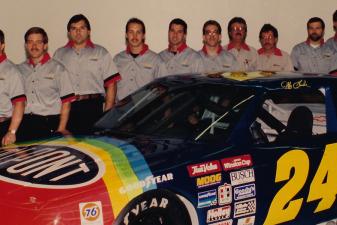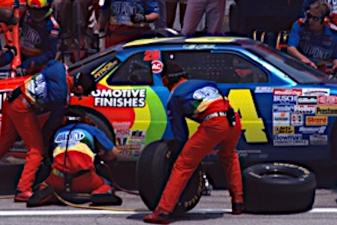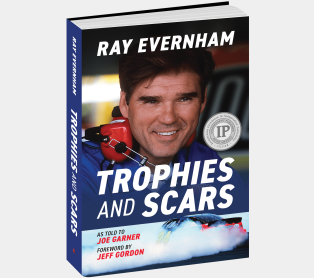Revolutionizing Pit Stops

The following is an excerpt from NASCAR crew chief Ray Evernham's autobiography, Trophies and Scars. You needn’t be a racing fan to appreciate Evernham’s inspiring journey of tireless persistence, radical determination, steadfast leadership, and fearless reinvention. For as he believes, a life lived to the fullest is packed with trophies—and scars. In this excerpt, Ray Evernham discusses how he fine-tuned his pit crew team.
The main focus? Preparing for the Daytona 500. It’s the biggest race. You work like crazy, but then guess what? The checkered flag drops, and you have just four days to get to Rockingham, then four days after that to get to Richmond, and four days after that is the next race on the schedule.
As we prepared for Daytona, we also had to make sure the cars for the other tracks were ready. We always had the schedule posted right up on the parts department wall of the No. 24 shop, showing us which cars we were planning on running for the next four or five weeks.
Back then, you could build custom cars per racetrack if you wanted. And we did that. At any one time, we’d have fourteen or fifteen cars in our rotation. We had two speedway cars and three or four cars for midsize tracks. Then we had two or three short-track cars. And then a couple of roadcourse cars. But we also had cars built as hybrids, something in between that could run several tracks.
Beyond getting cars ready, the team was still coming together. I was hiring and firing people right up until the day we left for Daytona. We had a pretty good rotation of folks, a solid core group. But we kept adding to it. It really was a work in progress. Along with all the building and testing, Andy Papa and I were finetuning our dedicated pit crew team.
People thought having a team solely focused on pit stops was revolutionary. But what we were doing was really more or less evolutionary. The guys who deserved credit for innovating pit stops were the Wood Brothers. Richard Petty and the Wood Brothers would not be the first and second-winningest motorsports teams in history if they hadn’t had smart, coordinated pit personnel and protocols.
We just took their strategies and choreography to the next level by having a separate team that only worked pit stops. That was the game changer.
It didn’t make sense having a guy work sixteen hours a day on the race car, then expect him to have enough time and focus to go through intense pit practice. Andy came up with a well-synchronized choreography. It differed from most other teams. While NASCAR only allowed seven men over the wall, it didn’t have to be the same seven.
Depending on what I’d call for, Andy had the appropriate crew members jumping back and forth. The left tire guy would hop over the wall. While he’s in the air, the guy that would make the wedge changes is in the air, too. When the gas man finished fueling the car, he’d throw the empty dump can back over the wall for someone to catch.
So technically, we never had more than seven men over the wall at any one time.
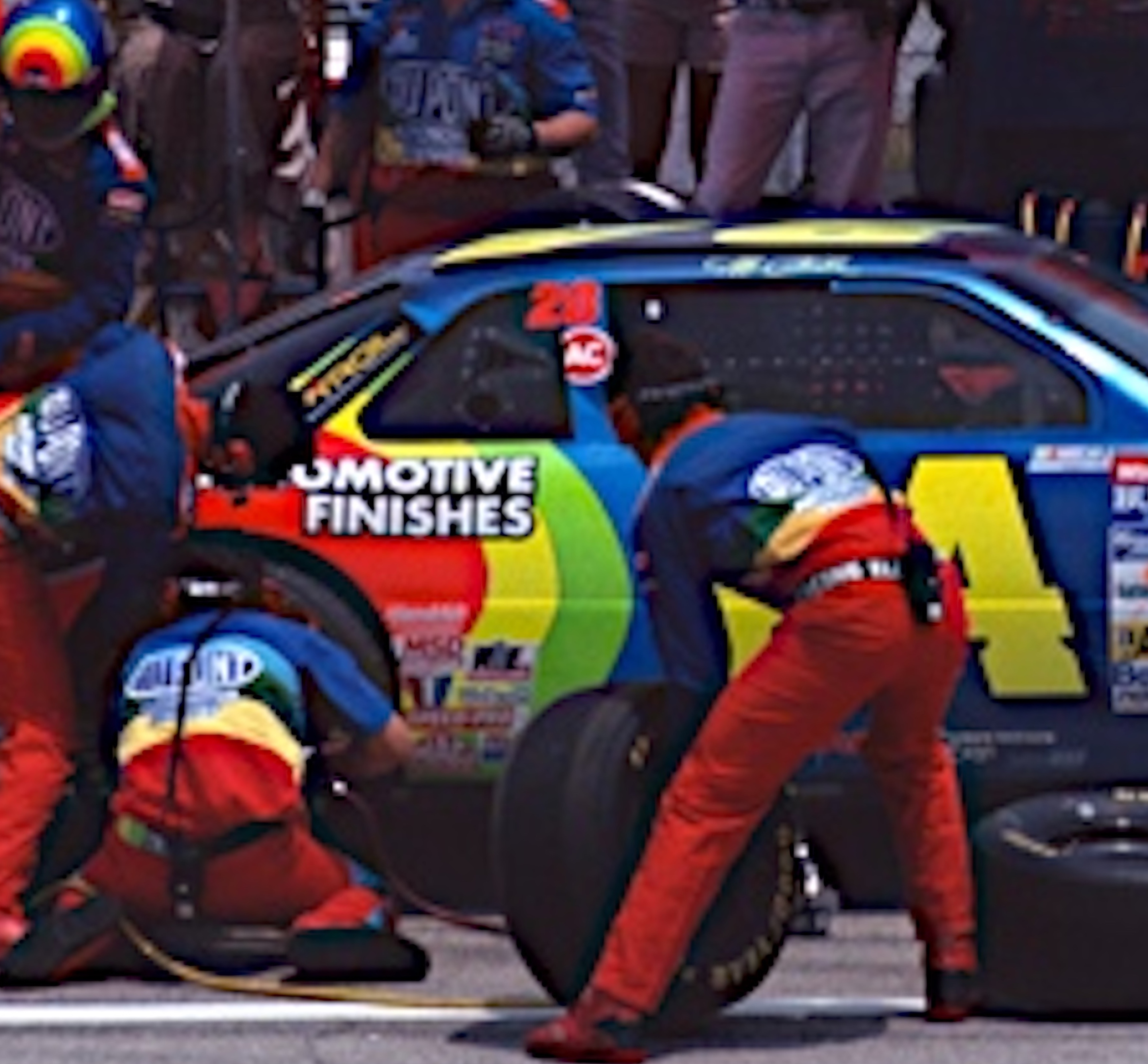
Truly, our pit stops were a show unto themselves. It was wild as hell. The secret? Choreography and pushing the limits on rules. Again, drawing from his days as a Stanford football player, Andy worked with the team on specific drills as well as strength training and conditioning.
We’d even film the pit stops so later Andy and the team could evaluate their performance. He would work on the small details to speed things up; even the number of steps the jackman takes mattered. By shaving tenths of seconds here and there, our pit stops were consistently getting faster.
We had our routine down, and it took a while for other teams to catch on. It was fun.
Having a smart, efficient, well-choreographed, and dedicated pit crew was low-hanging fruit for gaining positions during the race. For us, at that time, it was a hell of a lot easier to beat them on Pit Road than on the racetrack.


